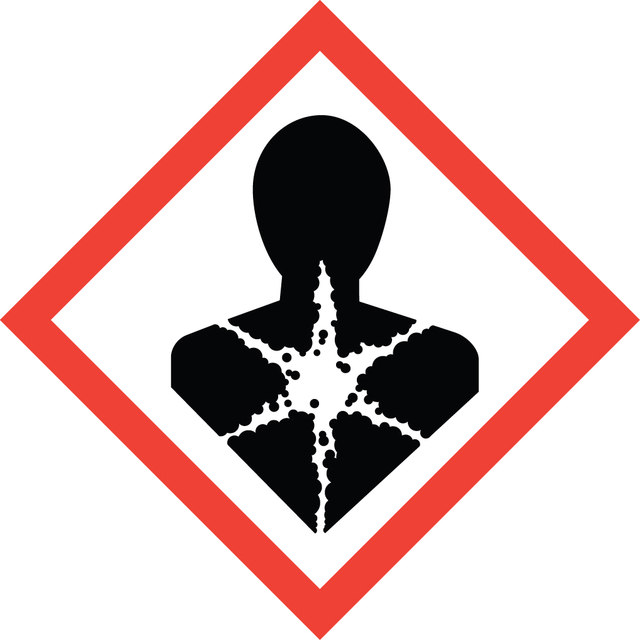Sign Into View Organizational & Contract Pricing
About This Item
CAS Number:
MDL number:
UNSPSC Code:
12352204
NACRES:
NA.54
biological source
fungus (mushroom)
Quality Level
form
lyophilized powder
specific activity
≥1000 unit/mg solid
mol wt
119.5 kDa by electrophoresis
128 kDa by sedimentation velocity diffusion
133 kDa by LS
application(s)
diagnostic assay manufacturing
shipped in
wet ice
storage temp.
−20°C
Looking for similar products? Visit Product Comparison Guide
General description
Isoelectric point (pI): 4.7-5
pH optimum is 6-7
Molecular weight: 128 kDa by sedimentation velocity diffusion; 133 kDa by light-scattering measurements, and 119.5 kDa by electrophoresis.
Tyrosinase is a copper-containing oxidase, which has activity for both catechols and cresol. It is responsible for browning reactions. The enzyme is reported to have two binding sites for aromatic substrates and a different binding site for oxygen-copper. The copper is probably Cu(I), with inactivation involving oxidation to Cu(II) ion.
pH optimum is 6-7
Molecular weight: 128 kDa by sedimentation velocity diffusion; 133 kDa by light-scattering measurements, and 119.5 kDa by electrophoresis.
Tyrosinase is a copper-containing oxidase, which has activity for both catechols and cresol. It is responsible for browning reactions. The enzyme is reported to have two binding sites for aromatic substrates and a different binding site for oxygen-copper. The copper is probably Cu(I), with inactivation involving oxidation to Cu(II) ion.
Tyrosinase is a copper-containing oxidase with activity for catechols and cresol. Tyrosinase participates in the conversion of tyrosine to dihydroxyphenylalanine (DOPA), and polymerization of DOPA leads to melanin formation. Tyrosinase has a role in browning reactions. The enzyme is said to have two binding sites for aromatic substrates and a distinct binding site for oxygen-copper.
Application
Tyrosinase activity has been assessed in a study that developed an alternative therapeutic agent for treating hyperpigmentation. Tyrosinase has also been used in a study to investigate the oculocutaneous albinism phenotype in the Pakistani population.
Biochem/physiol Actions
Converts tyrosine to L-DOPA or tyramine to dopamine
Physical properties
Isoelectric point (pI): 4.7-5
pH optimum is 6-7
Molecular weight: 128 kDa by sedimentation velocity diffusion; 133 kDa by light-scattering measurements, and 119.5 kDa by electrophoresis.
pH optimum is 6-7
Molecular weight: 128 kDa by sedimentation velocity diffusion; 133 kDa by light-scattering measurements, and 119.5 kDa by electrophoresis.
Unit Definition
One unit = ΔA280 of 0.001 per min at pH 6.5 at 25 °C in 3 mL reaction mix containing L-tyrosine.
Signal Word
Danger
Hazard Statements
Precautionary Statements
Hazard Classifications
Resp. Sens. 1
Storage Class Code
11 - Combustible Solids
WGK
WGK 3
Flash Point(F)
Not applicable
Flash Point(C)
Not applicable
Personal Protective Equipment
dust mask type N95 (US), Eyeshields, Gloves
Choose from one of the most recent versions:
Already Own This Product?
Find documentation for the products that you have recently purchased in the Document Library.
Our team of scientists has experience in all areas of research including Life Science, Material Science, Chemical Synthesis, Chromatography, Analytical and many others.
Contact Technical Service